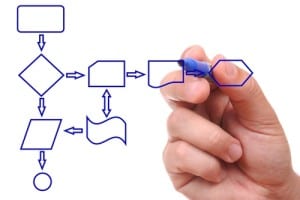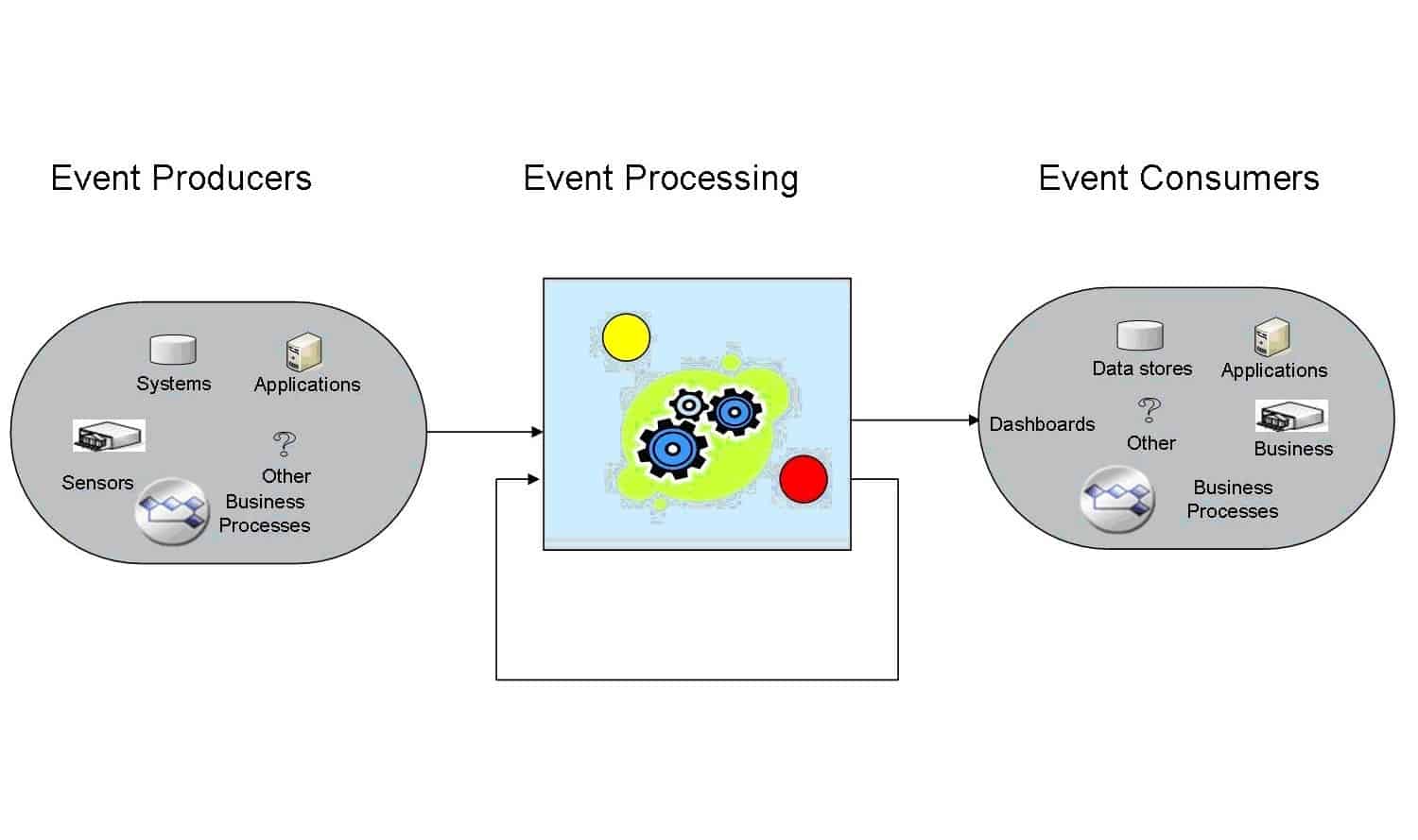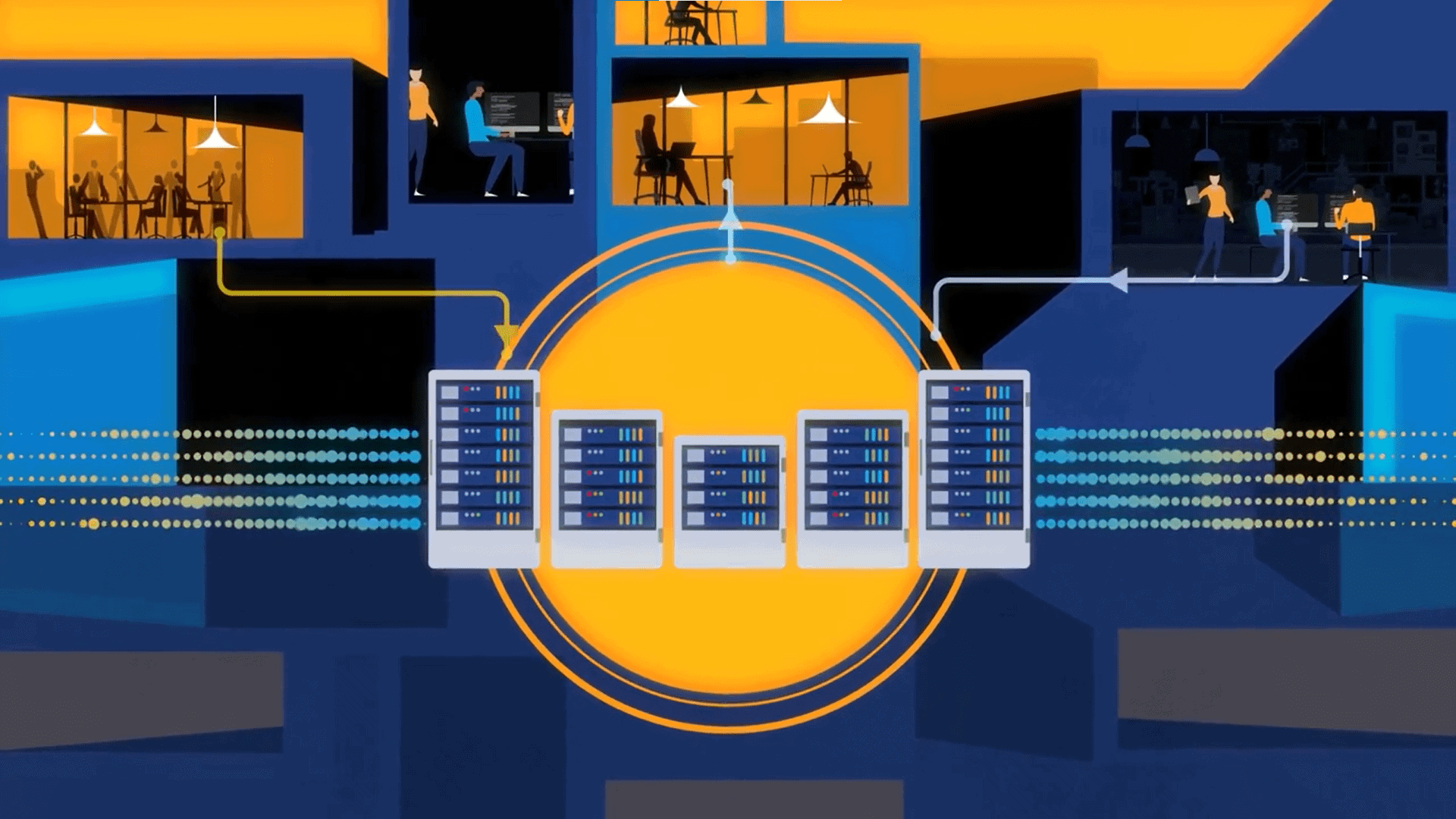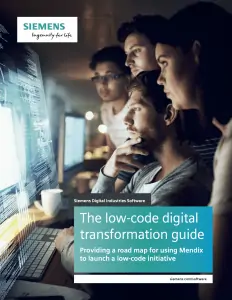
An overall enterprise architecture for real-time analytics is possible with the decoupling principle.
I recently participated in a software architecture conference, in which the two leading sessions were “microservices architecture” and “event driven architecture.”
Microservices architecture gained momentum in recent year as a way to break the monolithic database architecture into small independent units that are decoupled and independent. Each unit has its own database, which deviates from the principle of a monolithic normalized database within the enterprise. Microservices is a derivative of the “Service Oriented Architecture” and adds the decoupling principle.
Event-driven architectures have evolved over the last two decades in conjunction with event-driven systems. These architectures follow the agent paradigm in which the basic components are producers, consumers and event-processing agents (in the middle of the drawing).
The differences are that microservices architecture is not necessarily event driven. While in event-driven architecture, an agent is activated by the arrival of an event, in microservices architecture an event can be activated by an explicit call. For instance, if I want to calculate the balance of my bank account, I am calling a service that does this calculation and shows me the result (or just brings it from a database). In contrast, in event-driven architecture, the different functions are not explicitly called but triggered by the occurrence of a specific event (e.g. in connected cars. the velocity exceeds the speed limit).
In event-driven architectures, each agent owns its internal state, but databases are external entities that are not necessarily associated with a single agent.
Since enterprise applications will be blend of event-driven, data-driven and process-driven software units, the decoupling principle provides the possibility to do an overall enterprise architecture based on unified principles.
Related: On error handling as event processing
Want more? Check out our most-read content:
White Paper: How to ‘Future-Proof’ a Streaming Analytics Platform
Research from Gartner: Real-Time Analytics with the Internet of Things
E-Book: How to Move to a Fast Data Architecture
The Value of Bringing Analytics to the Edge
IoT Interoperability: An Internet of Broken Things
Finding Business Value in IoT Services
Liked this article? Share it with your colleagues!






























